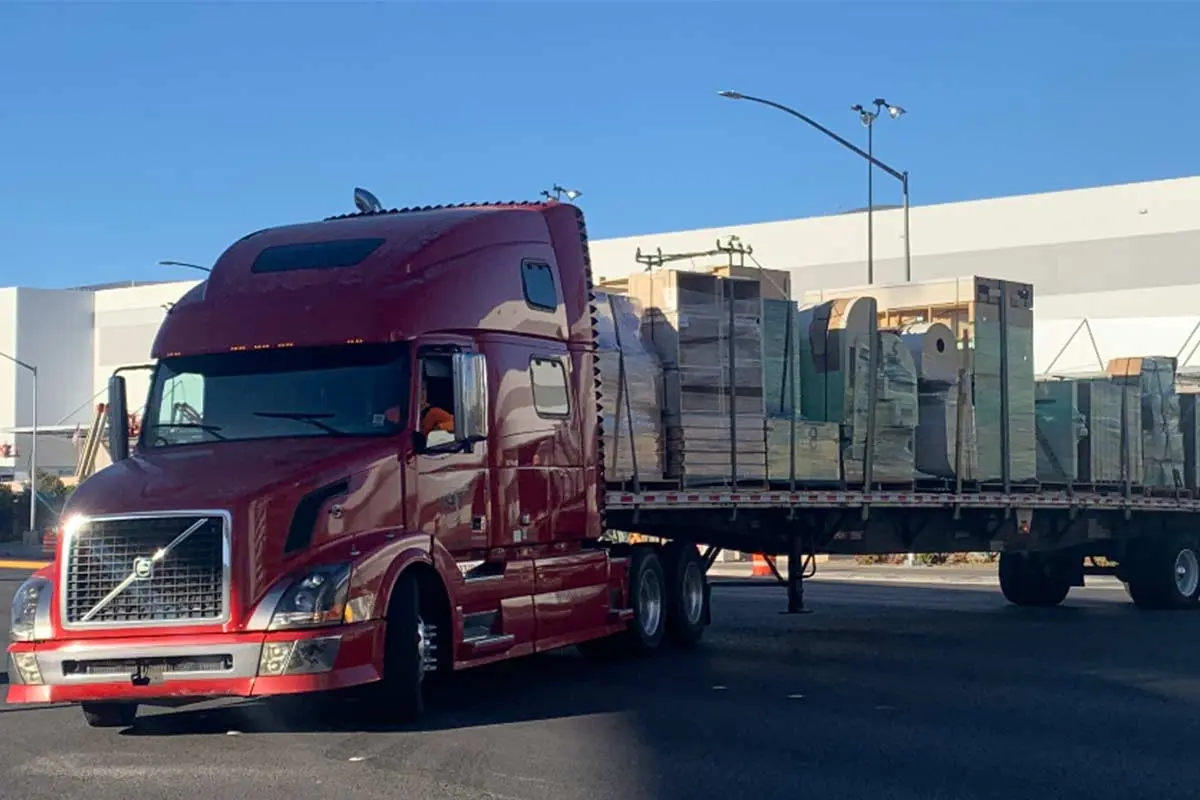Industry Faces Delays and Rising Costs as Driver Numbers Dwindle
The tradeshow industry is grappling with logistical challenges due to a nationwide truck driver shortage. This shortage, impacting various U.S. sectors, has caused delays, increased costs, and complicated logistics for companies transporting materials to and from tradeshow venues.
In 2020, the U.S. trucking industry was valued at $732.3 billion, but it is struggling to meet growing demand. The truck driver shortage reached 80,500 drivers in 2022 and was projected to climb to 162,000 by 2030, creating serious obstacles for the tradeshow industry. Timing is critical for tradeshows, where precise scheduling is necessary to ensure materials arrive at venues on time.
Several factors contribute to the driver shortage. The industry faces an aging workforce, high turnover, and job demands that deter younger drivers. Long hours, time away from home, and tight schedules make recruitment difficult. Additionally, strict regulations on driving hours and working conditions, though important for safety, have reduced the number of available drivers, straining the supply chain further.
The Scope of the Challenge
Champion Logistics Group, a veteran in tradeshow logistics, has mitigated the driver shortage by building a pool of vetted drivers. “We’ve spent decades carefully selecting and vetting our drivers, particularly those specializing in tradeshow logistics,” says C.J. Berg of Champion Logistics Group. This has helped Champion maintain reliable service on major routes to cities like Las Vegas, Orlando, Anaheim, and Chicago. However, Berg notes that the shortage has made it harder to cover less-frequented routes. “Driver shortages have impacted the secondary lanes that Champion doesn’t support as frequently,” Berg explains.
To tackle these challenges, Champion has implemented strategies like raising driver wages and offering incentives to attract and retain skilled professionals. The company also formed a procurement team to source and vet new drivers. “By thoroughly evaluating potential partners, we can maintain the high service standards our clients expect,” Berg adds.
Luke Caroff, National Logistics Director at Willwork, another key player in the tradeshow logistics industry, emphasizes the importance of strong partnerships and proactive planning. “Willwork partners with trusted logistics brokers who understand the industry’s need for punctual and reliable service to meet deadlines,” says Caroff.
Adapting Strategies
Both Champion and Willwork have employed strategies to ensure the driver shortage does not disrupt their clients’ events. Champion focuses on operational efficiency, keeping drivers consistently on the road with minimal downtime and offering consolidation options to clients to mitigate rising costs. “We’ve focused on keeping our drivers consistently on the road with minimal downtime,” Berg says.
Willwork’s approach revolves around proactive planning and strong internal communication. “Our main strategy to curb the impact of logistics challenges is functioning proactively. This allows us to plan for any obstacle we may face and gives every team member the opportunity to make suggestions and stay informed,” Caroff explains.
These forward-thinking strategies are essential in an environment where driver wages account for 34% of overall freight trucking costs. Logistics providers face increasing pressure to meet client expectations despite limited driver availability.
Client Expectations and Future Outlook
A major challenge of the driver shortage is the potential shift in client expectations. Companies must adapt quickly to meet these demands. However, Caroff notes that Willwork’s clients remain confident in the company’s ability to deliver. “Because of our strong partnerships and procedures, our clients trust us to deliver their event’s success. We work hard to prevent any disruptions from affecting their expectations,” he says.
While Champion and Willwork have navigated the current landscape, the broader tradeshow industry faces uncertainty. As the shortage continues, logistics companies will need to explore new strategies, including alternative transport options like rail, air freight, and possibly autonomous vehicles.
For now, companies like Champion and Willwork focus on tactical solutions to keep operations running smoothly. “We’re committed to adapting our operations to meet the evolving demands of the industry,” Berg concludes.
The truck driver shortage remains a challenge, but companies like Champion and Willwork are using proactive strategies to prevent disruptions to their clients’ events. By emphasizing strong partnerships, efficiency, and forward-thinking, they set a standard for managing industry-wide challenges.
As the shortage persists, collaboration and innovation in tradeshow logistics will be crucial to maintaining industry resilience amid ongoing supply chain issues.
This story originally appeared in the Q4 2024 issue of Exhibit City News, p. 40. For original layout, visit https://issuu.com/exhibitcitynews/docs/ecn_q4_2024/40.
























